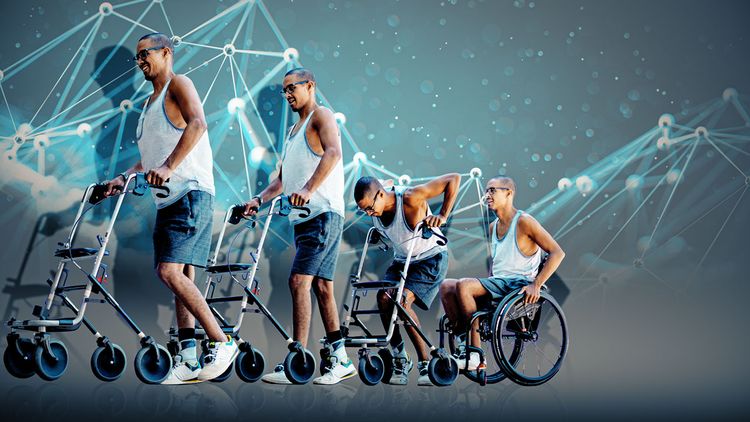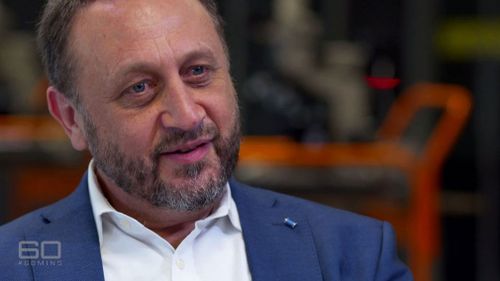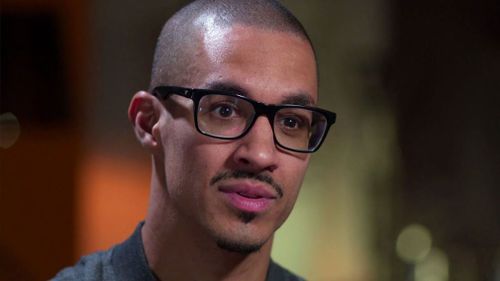
An extraordinary medical trial has provided a major breakthrough in global spinal cord injury research, with Australian researchers fighting to bring the new technology to Australia.
“Our goal is no less than cure,” Professor Bryce Vissel from the University of Technology Sydney (UTS) told 60 Minutes reporter Charles Wooley.
Professor Vissel has convinced the university to invest millions to bring the latest research into spinal cord injury to Australia.

His next goal is to bring a new form of epidural stimulation to Australian spinal cord injury patients, after seeing the profound impact the technology has had in international medical trials.
“I want this to be the world’s leading program,” Professor Vissel told Wooley.
“We will find the best people in the world who are advancing the technology in science to the maximum capacity that they can, and try to bring them here to Australia.”
The epidural stimulation trial has resulted in paraplegia patients and individuals with spinal cord injuries regaining movement and feeling in limbs – and even learning to walk again.
The trial involves electrodes being implanted on the spinal cord, that – when stimulated – can assist the brain and nervous system to communicate.

It seems radical, but it’s proof that even after severe physical trauma, the spinal cord can communicate with the brain and the nerves that help us walk can regrow and recover.
For spinal cord injury patient David Mzee, the trial has been nothing short of life changing.
After making a misstep while exercising at the gym in 2010, Mr Mzee was diagnosed with paraplegia.
“When I tried to move my arms they didn’t move. I tried to move my legs, they didn’t move. I had difficulty breathing and I panicked,” Mr Mzee told Wooley.
“After seven months of rehab (doctors) were like, ‘Okay, better get used to the wheelchair’.”

But after taking part in the revolutionary medical trial, led by Associate Professor Gregoire Courtine in Switzerland, David Mzee is taking steps of his own – thanks to electrode stimulation sent through an iPad.
Professor Courtine’s work in Switzerland comes after significant studies conducted at the University of California, Los Angeles, with Professor Reggie Edgerton.
The trial has made such an impact that David can now walk a few steps completely unaided without physical support or electronic stimulation.
It’s an extraordinary result that needs immense financial backing to be made available to Australian patients.
Professor Bryce Vissel says his program needs $10-$20 million to bring epidural stimulation to all Australians with spinal cord injuries.

It seems a small price to pay, considering the cost to the taxpayer of looking after spinal cord injury patients is currently $500 million a year.
For patients like David Mzee, the trial has had a life-changing effect – one that he wants to see all spinal cord injury patients have access to.
“I think you’ve got to dream big and really try the impossible, to make the impossible possible.”




